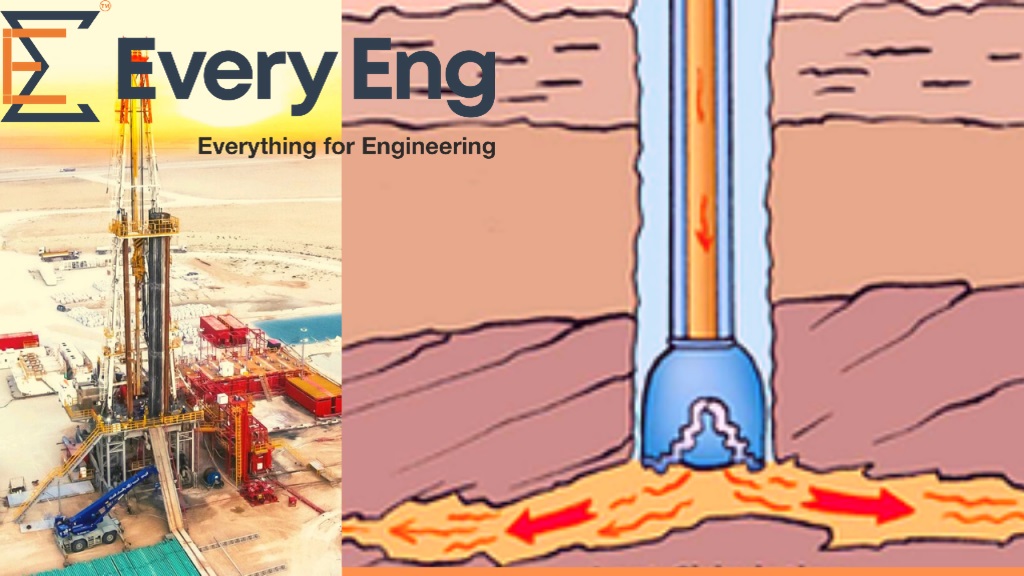
Mud School - Drilling Fluid Course

Dr Milap Goud
Founder and Instructor
$ 1200
Advanced course for professionals

Mud School - Drilling Fluid Course
Trainers feedback
0
(0 reviews)
Dr Milap Goud
Founder and Instructor
Course type
Instructor led live training
Course duration
30 Hrs
Course start date & time
Coming in Next Month
Language
English
This course format is where trainer will explain you the subject via online live session. Date and time are not decided yet but it will be planned within next 2 weeks after you enroll & pay for this course?. Get in touch with our team if any clarification is required.
Course details
Course Duration- 30 hrs
Post Training test will be conducted by mentor, candidates need to score above 80%
Learning Objective:
Upon completion of the course, participants will be able to:
· Acquire a thorough knowledge of drilling fluids and rheology,
· Learn how to choose the right equipment for solid removal,
· Learn how to design a Mud System.
Course Content:
Basic introduction with brief description about history and stagewise development to meet challenges of drilling
Definition, functions of mud and how it helps in drilling
Properties of mud, their relevance and role in various segments of drilling
Brief description of geo-mechanical modelling with respect to drilling fluids and drilling engineering for effective well design
Introduction to Rheology and hydraulics with explanation of their importance in drilling and how drilling fluid will help in effective management of rheology and hydraulics
Mud Chemicals, various categories with examples, generic structure and mechanism of action to impart the properties in chosen range
Types of mud systems, a brief overview
Fresh water low solids system
PHB/CMC/LIGNITE system
K Cl/PHPA/GLYCOL/Polymer mud system
Solids free heavy density drilling fluids
High performance water based mud
Reservoir drill-in fluids with exposure to formation damage and role of mud to protect the formation from possible damage
Well-bore integrity management
Non-aqueous mud -introduction, why non-aqueous mud is required
Details of formulation with explanation on each merit
comparing water and oil base mud for selecting correct mud system with respect to the type of rock
Various complications related to drilling management and role of mud in mitigating them
Solids management
Deep-water drilling fluids
HTHP drilling fluids
Surfactants and their role in drilling fluids management
Practical tips to manage/condition mud on rig while working as a mud engineer
Completion fluids
Case histories discussion
Basic drilling fluids calculations
Contamination management
Course suitable for
Oil & Gas Petroleum Geoscience
Key topics covered
Key Topics covered:
Basic introduction with brief description about history and stagewise development to meet challenges of drilling
Definition, functions of mud and how it helps in drilling
Properties of mud, their relevance and role in various segments of drilling
Brief description of geo-mechanical modelling with respect to drilling fluids and drilling engineering for effective well design
Introduction to Rheology and hydraulics with explanation of their importance in drilling and how drilling fluid will help in effective management of rheology and hydraulics
Mud Chemicals, various categories with examples, generic structure and mechanism of action to impart the properties in chosen range
Types of mud systems, a brief overview
Fresh water low solids system
PHB/CMC/LIGNITE system
K Cl/PHPA/GLYCOL/Polymer mud system
Solids free heavy density drilling fluids
High performance water based mud
Reservoir drill-in fluids with exposure to formation damage and role of mud to protect the formation from possible damage
Well-bore integrity management
Non-aqueous mud -introduction, why non-aqueous mud is required
Details of formulation with explanation on each merit
comparing water and oil base mud for selecting correct mud system with respect to the type of rock
Various complications related to drilling management and role of mud in mitigating them
Solids management
Deep-water drilling fluids
HTHP drilling fluids
Surfactants and their role in drilling fluids management
Practical tips to manage/condition mud on rig while working as a mud engineer
Completion fluids
Case histories discussion
Basic drilling fluids calculations
Contamination management
Training details
This is a live course that has a scheduled start date.
Live session
Why people choose EveryEng
Industry-aligned courses, expert training, hands-on learning, recognized certifications, and job opportunities—all in a flexible and supportive environment.
- Industry Veteran
- Trainer Review
$ 1200
- $ 0 Early bird discount
Coming in Next Month
Questions and Answers
A: Key properties include density, viscosity, pH, filtrate loss, and solids content. Density is measured using a mud balance. Viscosity is assessed with a Marsh funnel or rheometer to understand the flow behavior of the fluid. pH is measured with a standard pH meter and is important because it affects the stability of additives. Filtrate loss, measured by API filter press tests, indicates the fluid’s tendency to invade formations. Solids content is measured with a retort test or centrifuge. These tests ensure the fluid is functioning properly and can be adjusted as needed. Comprehensive testing procedures are outlined in the API Recommended Practice 13B: https://www.api.org/products-and-services/standards.
A: Drilling fluid density is primarily controlled by adding weighting materials like barite or hematite to the base fluid. The density must be carefully managed to provide enough hydrostatic pressure to balance formation pressures and prevent kicks or blowouts without fracturing the formation. If the density is too low, formation fluids may enter the wellbore (a kick), and if too high, it can fracture the formation leading to lost circulation. Tools like mud balances are used to measure density at the rig. For an in-depth explanation, you might visit Schlumberger's Oilfield Glossary: https://www.glossary.oilfield.slb.com/.
A: The primary types of drilling fluids are: 1) Water-Based Mud (WBM) - These use water as the continuous phase with various additives to improve properties. They are cost-effective and environmentally friendly but may have limitations in challenging formations. 2) Oil-Based Mud (OBM) - These use oil as the continuous phase and provide excellent lubrication and shale inhibition but are more expensive and have environmental restrictions. 3) Synthetic-Based Mud (SBM) - Similar to OBM but use synthetic oils, which reduce environmental impact. Each type offers advantages and disadvantages depending on the drilling conditions. Detailed comparisons can be found in the API (American Petroleum Institute) drilling fluid guidelines: https://www.api.org/.
A: Environmental considerations include the toxicity, biodegradability, and disposal methods of the drilling fluid. Water-based muds are generally preferred for environmental sensitivity but may not perform well in all conditions. Oil-based and synthetic-based muds require special handling and disposal because of potential toxicity and contamination risks. Regulations vary by region, and operators must comply with local environmental laws such as the EPA regulations in the United States. For guidelines on environmental aspects of drilling fluids, see the International Association of Drilling Contractors (IADC) environmental handbook: https://www.iadc.org/.
A: Drilling fluids, also known as drilling muds, serve several essential functions in the drilling process. These include: 1) Removing cuttings from the wellbore to the surface 2) Cooling and lubricating the drill bit 3) Controlling formation pressures to prevent blowouts by providing hydrostatic pressure 4) Stabilizing the wellbore walls to avoid collapse 5) Transmitting hydraulic energy to the drill bit 6) Minimizing formation damage by controlling fluid invasion. For more detailed information, you can refer to the Society of Petroleum Engineers' resources on drilling fluids: https://www.spe.org/en/.
More from Same Author
- Technical Courses
- Articles
2027
2
E-Learning
Unlimited access
E-Learning
Unlimited access
Pre-recorded videos
902
Online
Live courses
Online
Live courses
Interacting with trainer
652
1
Online
Live courses
Online
Live courses
Interacting with trainer
Earning and Growth option in same Industry Domain
- Pre-recorded
- Online live session
- Offline
- Articles
2034
2
E-Learning
Unlimited access
E-Learning
Unlimited access
Pre-recorded videos
7613
387
E-Learning
Unlimited access
E-Learning
Unlimited access
Pre-recorded videos
4418
6
E-Learning
Unlimited access
E-Learning
Unlimited access
Pre-recorded videos
More Training & Development option to expand your reach
- Technical courses
- Soft-skills courses
- Seminars
- Articles & Blogs
757
2
Online
Live courses
November 16
30 Hrs
Advanced
Online
Live courses
Interacting with trainer
166
Online
Live courses
December 27
30 Hrs
Advanced
Online
Live courses
Interacting with trainer
409
Online
Live courses
January 24
45 Hrs
Advanced
Online
Live courses
Interacting with trainer






















